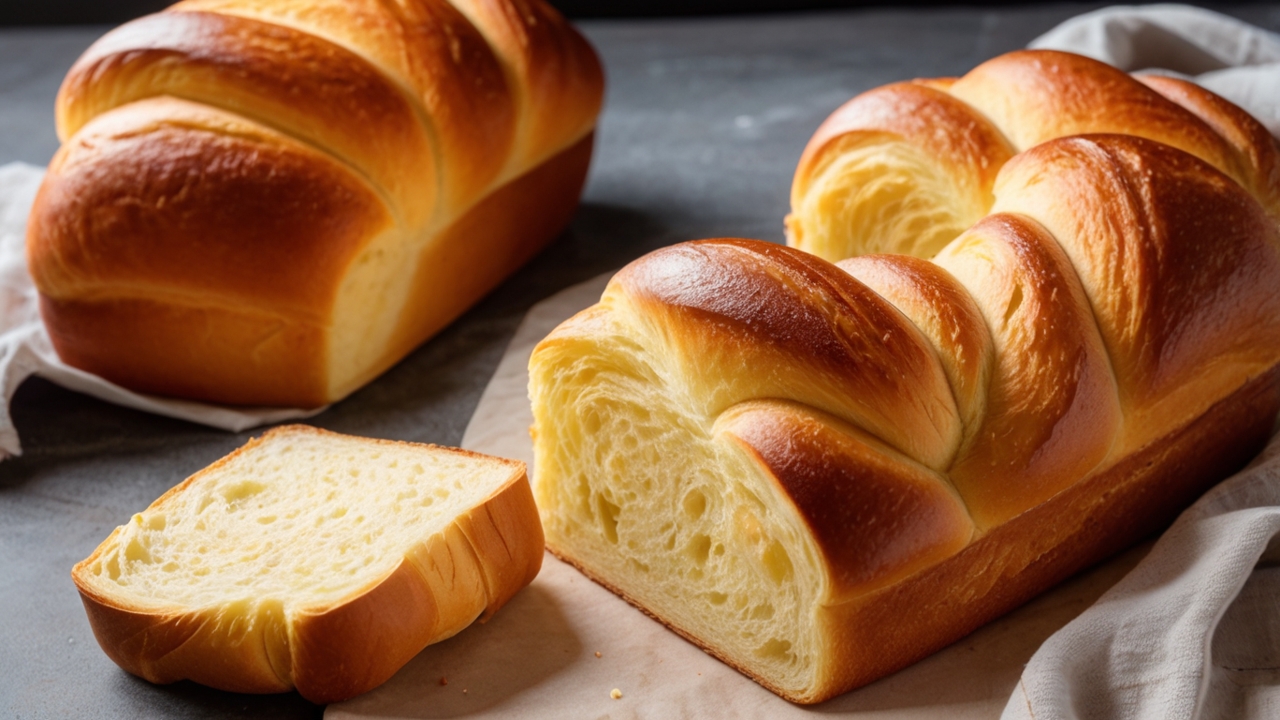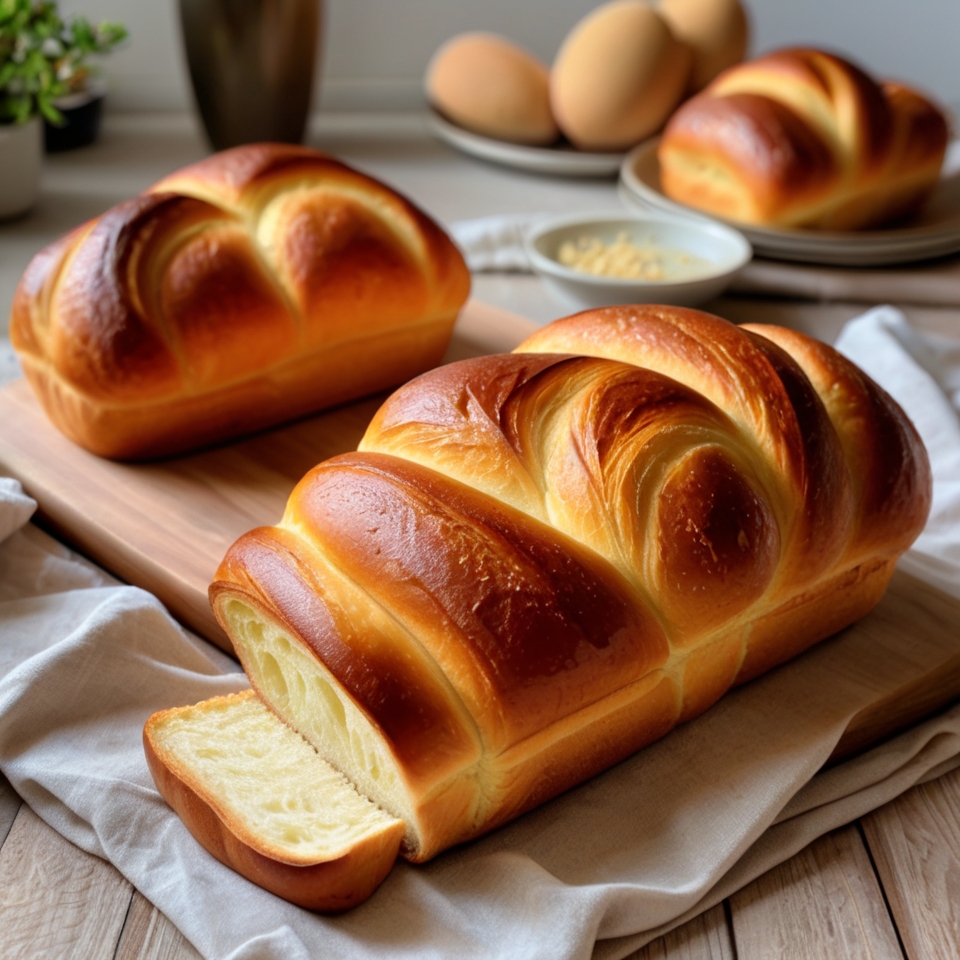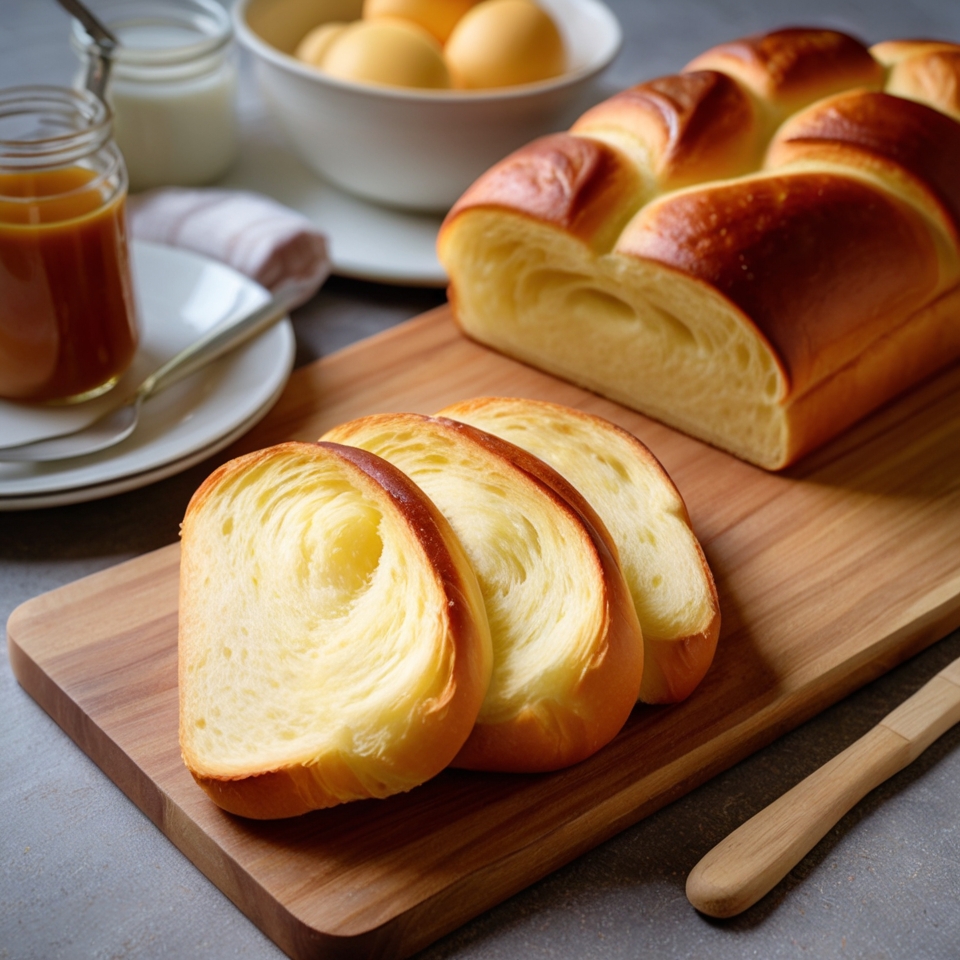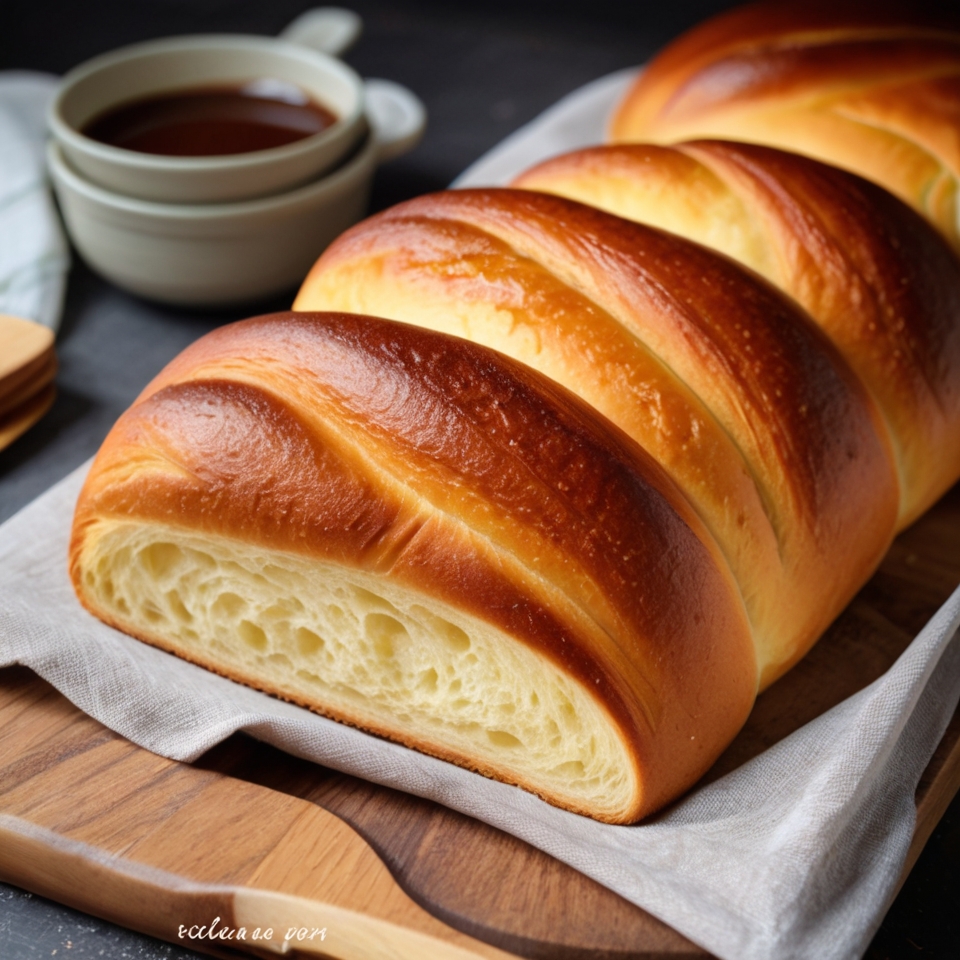
Brioche Nanterre Recipe, The Iconic French Buttery Bread
Biobaeckerei – Brioche Nanterre is more than just bread it is a masterpiece of French baking, celebrated for its golden crust, rich buttery flavor, and feather-light crumb. This Parisian classic embodies the essence of French elegance, where precision meets indulgence.
“Read also: Tom Yum Soup: Thailand’s Iconic Culinary Treasure“
The Story Behind Brioche Nanterre
Originating from the suburb of Nanterre, France, this version of brioche is unique for its rectangular loaf shape. Unlike the traditional round brioche à tête, the Nanterre variant is made from eight perfectly rounded dough balls nestled side by side in a loaf pan. When baked, they merge into a stunning, golden crown symbolizing both structure and softness. This bread has long been associated with French breakfast culture, often paired with coffee or transformed into luxurious French toast.



Ingredients You’ll Need
To create an authentic Brioche Nanterre, you need only a handful of simple ingredients yet the secret lies in the method.
For the Dough:
- 250 g (2 cups) all-purpose flour
- 30 g (2 tbsp) sugar
- 5 g (1 tsp) salt
- 10 g (2 tsp) instant yeast
- 3 large eggs (room temperature)
- 125 g (½ cup + 1 tbsp) unsalted butter (softened, cubed)
For the Finish:
- 1 egg yolk (for egg wash)
- 1 tsp milk (to mix with yolk)
Activating the Yeast
In a small bowl, combine yeast, a bit of flour, a teaspoon of sugar, and warm water. Let it rest until it bubbles.
This crucial step breathes life into your dough imagine it as waking up the “sleeping cells” that make your brioche rise beautifully.
Forming the Dough
Mix flour, sugar, and salt in a stand mixer. Then add your activated yeast and eggs, kneading gently until a sticky dough forms. Next, incorporate soft butter piece by piece, letting it blend slowly.
The texture should become smooth, shiny, and elastic much like satin. This process creates the signature richness that defines Brioche Nanterre.
First Rise: Building Flavor
Shape the dough into a ball, cover it, and let it rest for about 1½ to 2 hours in a warm space. Alternatively, refrigerate it overnight for a slow fermentation.
This resting period is where magic happens the yeast works quietly, deepening the flavor and softening the texture.
Shaping the Nanterre
Once risen, punch down the dough to remove excess air and divide it into eight equal portions. Roll each into a smooth ball, then arrange them neatly in a buttered loaf pan, two rows of four. This step defines the classic Nanterre silhouette.
Second Rise: The Patience Test
Cover the loaf and let it rise for another hour until the dough almost doubles. This second proofing ensures an airy interior. The dough should look plump and slightly touching a sign that it’s ready for the oven.
Egg Wash and Baking
Preheat your oven to 180°C (350°F).
Brush the top with an egg yolk and milk mixture, giving it that signature glossy finish. Bake for 25–30 minutes, or until golden brown and fragrant. When tapped, the loaf should sound hollow a sign of perfection.
“Read also: Delicious Diet Food Recipes for Busy People“
Cooling and Serving
After baking, cool the brioche on a wire rack to preserve its light texture. When sliced, you’ll reveal delicate, buttery layers that practically melt in your mouth.
Pair it with apricot jam, salted butter, or transform it into French toast for a divine breakfast.
Expert Baker’s Tips
- Chill the dough overnight for a richer aroma and depth of flavor.
- Avoid adding butter too early; the gluten must form first.
- To store, wrap tightly once cooled. It freezes well and can be revived in the oven for that “freshly baked” experience.
A Slice of French Heritage
What makes Brioche Nanterre extraordinary is its balance light yet indulgent, structured yet tender. It is the kind of bread that reflects the French philosophy of craftsmanship: patience, precision, and passion. Whether served on a Parisian breakfast table or baked in your own kitchen, this loaf connects you to centuries of French baking tradition.
